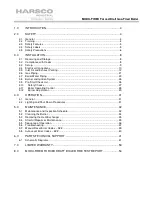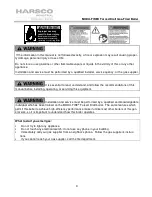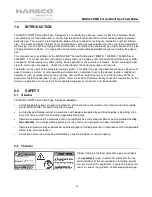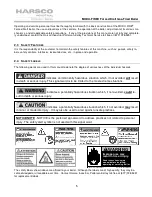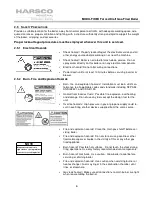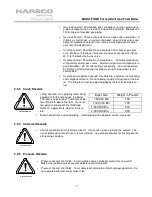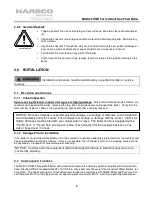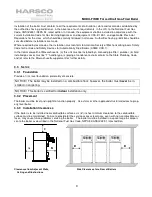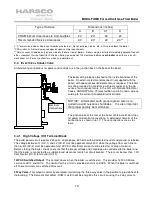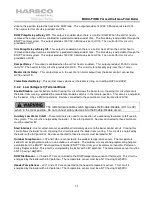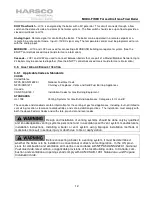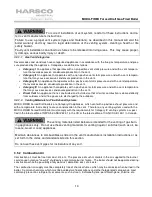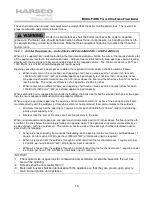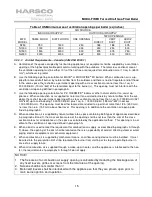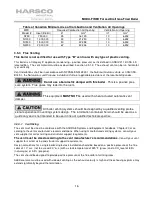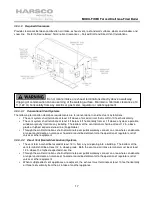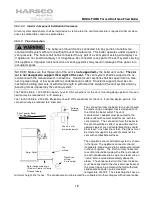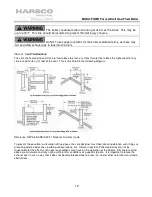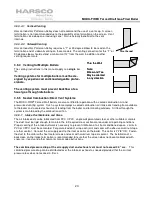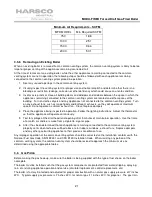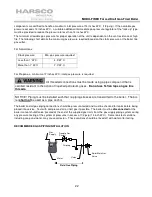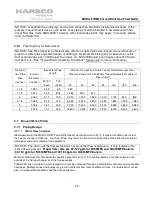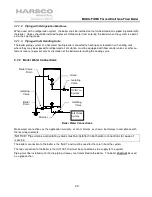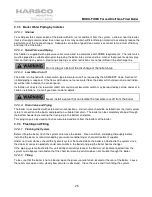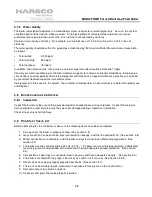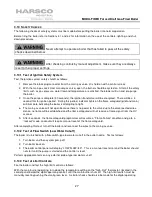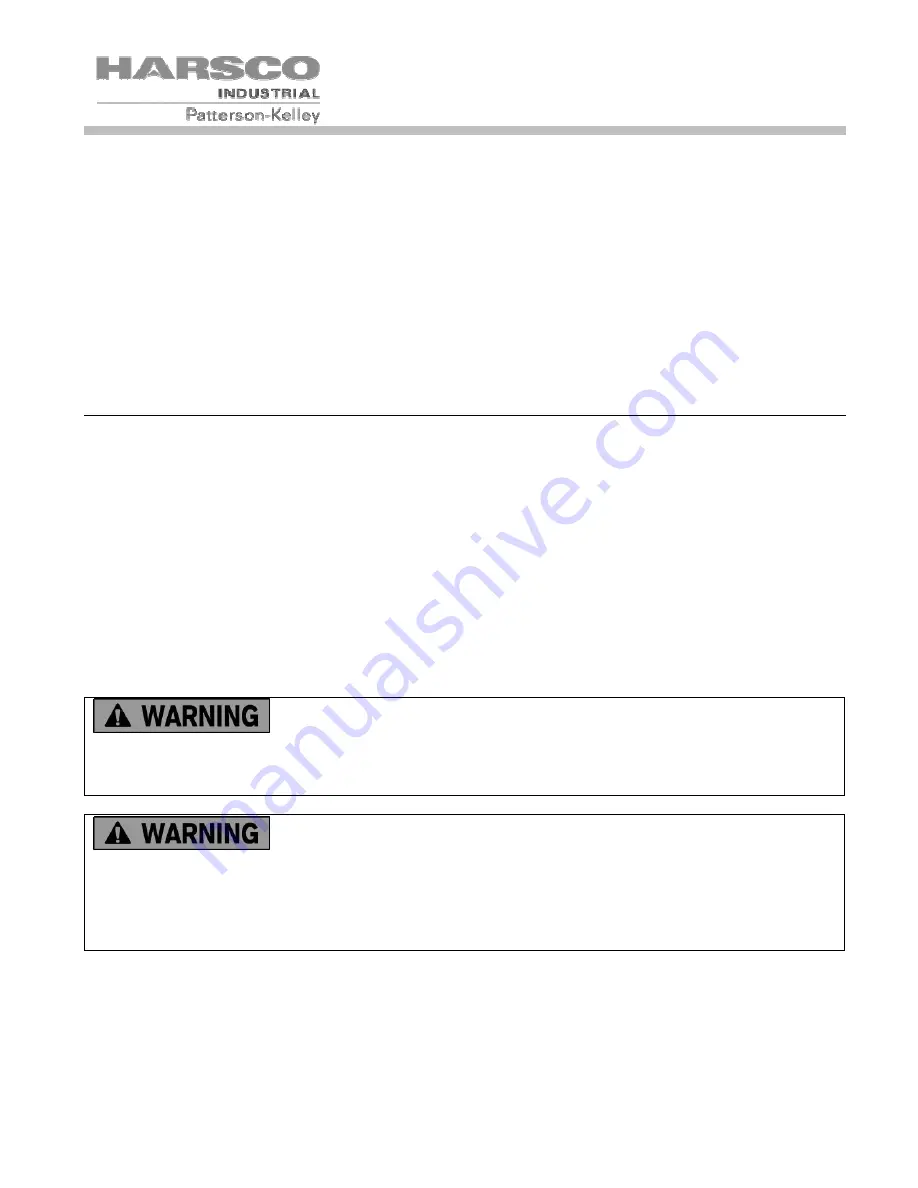
MODU-FIRE® Forced Draft Gas-Fired Boiler
12
DHW Flow Switch – LV13 is energized by the boiler with a 5V potential. This circuit connects through a flow
switch on the domestic side of a domestic hot water system. The flow switch should close upon flow to provide a
closed circuit back to LV14.
Analog Input– Remote signal for controlling the boiler. The boiler can be operated in a remote setpoint or a
remote firing rate control mode. Input 0-10VDC signal only. The temperature control must be programmed to run
with the analog input.
MODBUS® – LV19 and LV20 are used for connecting a MODBUS® building management system. (See the
ENVI™ control Advanced Users Guide for more information)
Cascade – LV21 and LV22 are used to connect between boilers that are part of a Master/Member Network. Up to
24 boilers may be connected together. (See the ENVI™ control Advanced Users Guide for more information)
3.5 I
NLET
A
IR AND
E
XHAUST
V
ENTING
3.5.1 Applicable Codes & Standards
CODES
United States:
NFPA 54/ANSI Z223.1
National Fuel Gas Code
NFPA/ANSI 211
Chimneys, Fireplaces, Vents and Solid Fuel Burning Appliances
Canada
CAN/CSA B149.1
Installation Codes for Gas Burning Equipment
STANDARDS
UL 1738
Venting Systems for Gas-Burning Appliances, Categories II, III, and IV
These codes and standards contain information for the venting of gas fired appliances, including, but not limited to
vent sizing, location, clearance to combustibles, and safe installation practices. The installation must comply with
both the above Federal Codes and with state, provincial and local codes.
Design and installation of venting systems should be done only by qualified
and knowledgeable venting systems personnel and in accordance with vent system manufacturer’s
installation instructions. Installing a boiler or vent system using improper installation methods or
materials can result in serious injury or death due to fire or asphyxiation.
Before connecting a boiler to a venting system, it must be determined
whether the boiler is to be installed in a conventional or direct vent configuration. In the US, provi-
sions for combustion and ventilation air must be in accordance with NFPA 54/ANSI Z223.1,
National
Fuel Gas Code
, latest edition, or applicable provisions of the local building codes. In Canada, com-
bustion and ventilation air openings shall comply with CAN/CSA B-149.1
Natural Gas and Propane
Installation Code
.


